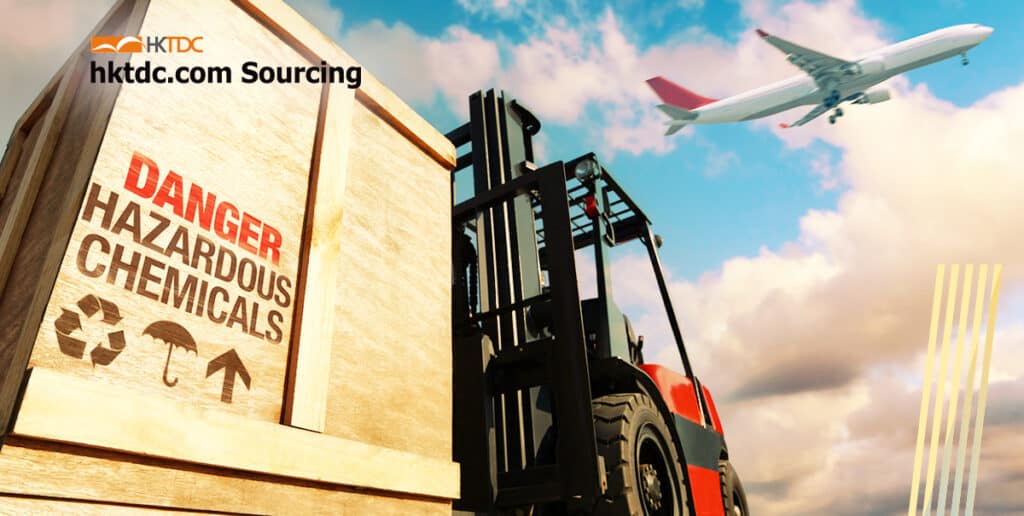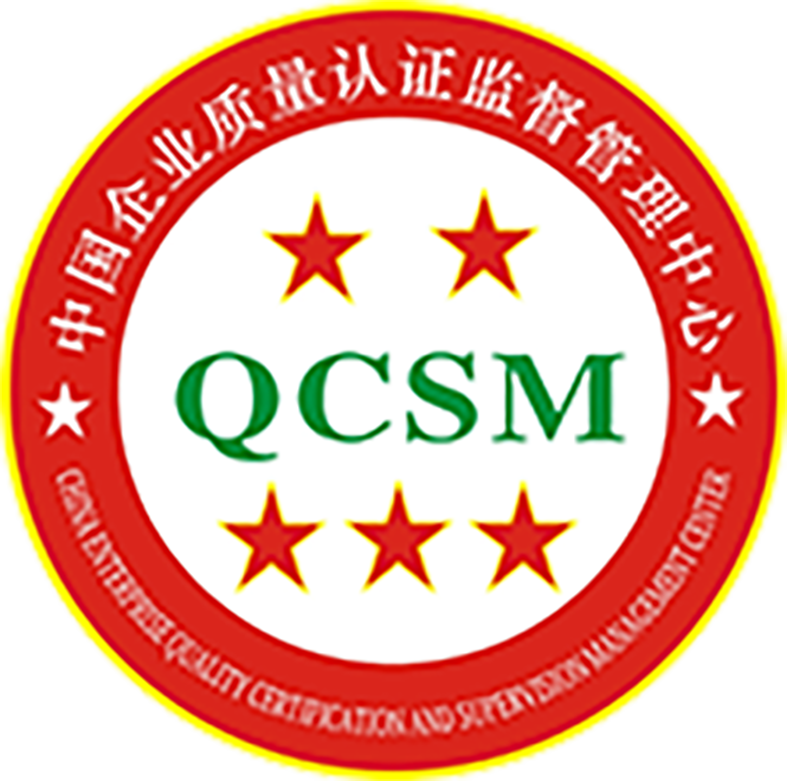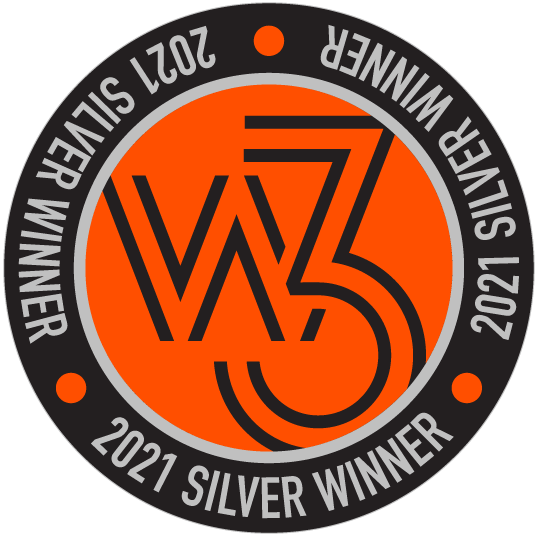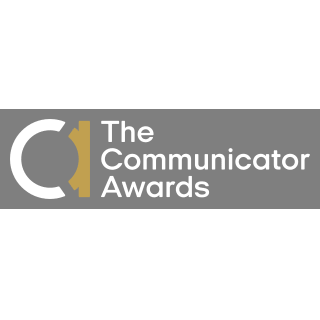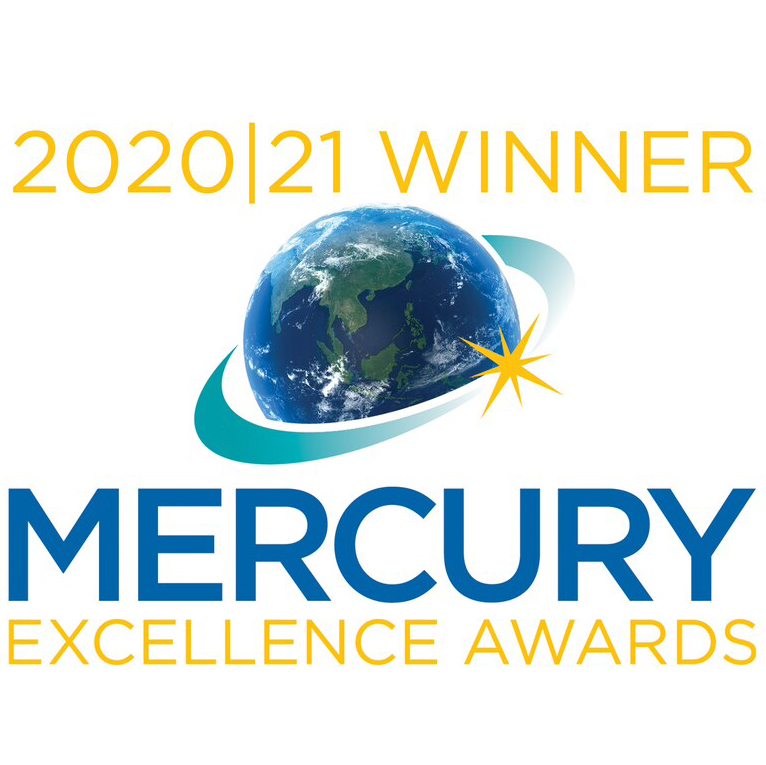Twice per year, around January and July, more SVHC’s are included in the “Candidate List”. Understanding the steps that lead to the final decision will help you to avoid surprises and take action before the deadline.
Substances of Very High Concern (SVHC)

Companies placing products on the EU market must find out whether the articles contain any SVHC’s.
SVHC’s are chemicals that have serious risks to human health or the environment, they are classified as: carcinogenic, mutagenic, toxic for reproduction, persistent, bioaccumulative and toxic (PBT), very persistent and very bioaccumulative (vPvB), endocrine disruptive, or an equivalent level of concern.
As harmful as they may be, placing articles containing a SVHC on the EU market is not prohibited.
The route to become a SVHC

The identification of SVHC’s is a formal process of collecting and clarifying scientific evidence to decide if a substance is hazardous to human health or the environment. The process has the following steps:
Intention | It starts when a Member State or ECHA intends to propose a substance to be identified as an SVHC. This is published in the Registry of intentions before the proposal is submitted. This publication informs interested parties in advance. The next step is the formal nomination to identify a substance as SVHC. |
Proposal | The proposal is structured as a technical dossier in accordance with REACH Annex XV. Proposed SVHCs and their Annex XV reports can be found on the ECHA website. |
Consultation | Interested parties can comment on the proposal during the 45-day consultation period. The consultation and the draft recommendations can also be found on the ECHA website. |
Decision | a) No comments are received, the substance is included directly in the Candidate List. b) Comments are received. Those are referred to the Member State Committee (MSC). If the committee reaches an unanimous agreement, the substance is included in the Candidate List. c) Comments are presented to the MSC but this does not result in unanimous agreement, the matter is referred to the Commission. The Commission decides on the inclusion of the SVHC. The decisions are included in the Candidate List. |
Obligations for manufacturers or importers become effective after a SVHC is included in the Candidate List.
PRODUCTIPEDIA contains details on the obligations: Notification, Communication, Information, and SCIP database.
Authorisation List

The full name of the list is The Candidate List of Substance of Very High Concern for Authorisation. It means that all SVHC’s are candidates to be included in the “Authorisation List” of REACH Annex XIV. Substances listed in Annex XIV shall not be placed on the EU market, unless it has been authorised. The application process for authorisation is complex. A high level of expertise is required and the necessary risk assessment may be costly and time-consuming.
Disclaimer: This document provides guidance and is not a legally binding interpretation and shall therefore not be relied upon as legal advice
Content Contributor:

Caspar ter Horst
Managing Director, ProductIP
Casper has 25+ years of experience in product compliance. In 2008, he co-founded ProductIP together with Maarten van der Dussen. Caspar and his team are dedicated to support companies within the supply chain to efficiently demonstrate to customers, authorities, and users that their products meet applicable legislation and buying requirements. As a result, helping companies reduce costs, streamline operations, manage suppliers, and at the same time put compliant, safer, more sustainable products to the market.


